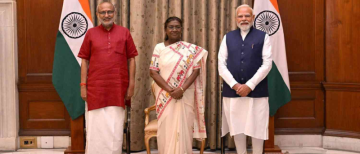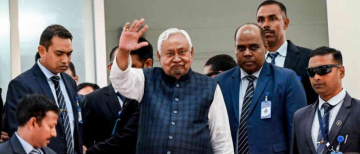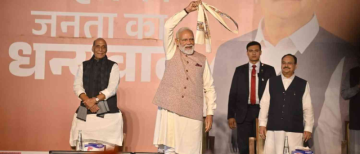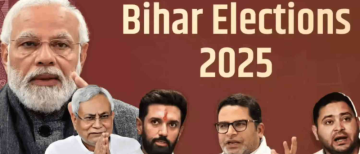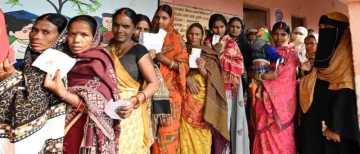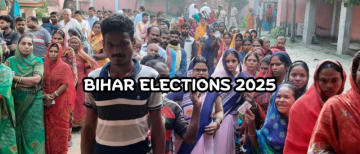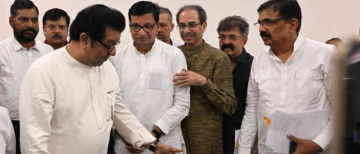Bihar is in the middle of its biggest-ever voter list clean-up, but a troubling number has caught everyone’s attention: almost 36.86 lakh voters are missing from the state’s electoral rolls. While people across Bihar have rushed to send in their forms to stay eligible for voting, a special review by the Election Commission has found that a sizeable chunk of voters can’t be traced at their registered addresses.
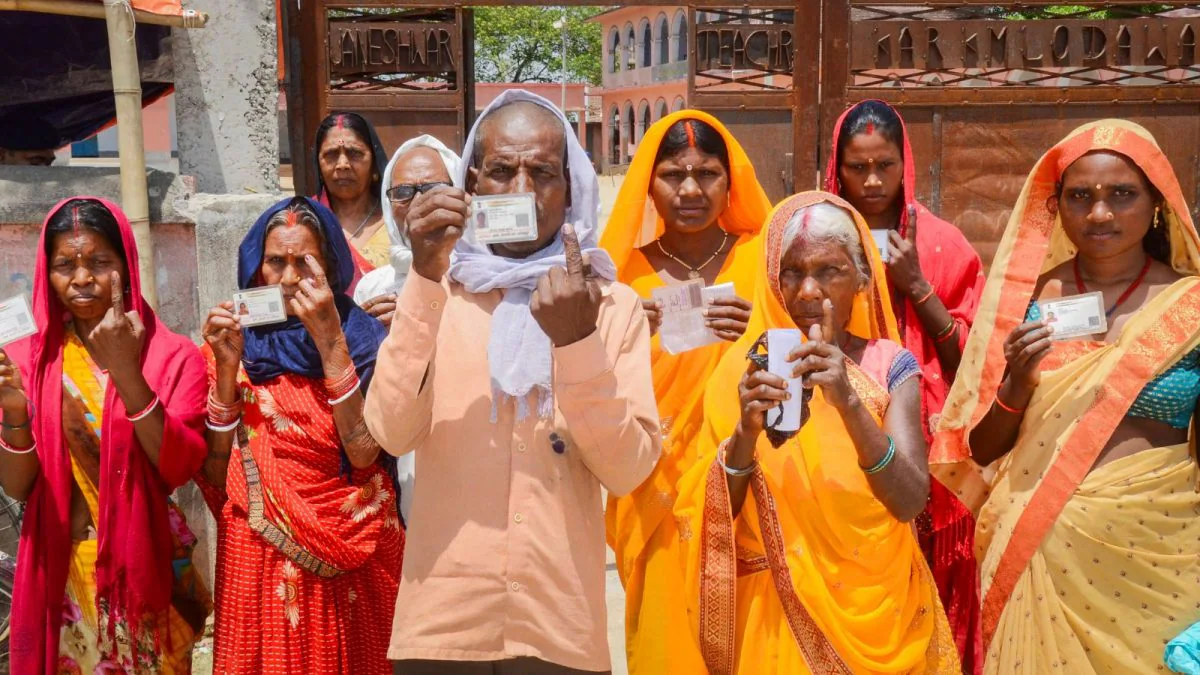
What Does “Missing Voters” Mean?
The term “missing voters” includes people who:
-
Have passed away but are still listed as voters (about 12.7 lakh people).
-
Have permanently shifted out of the state (roughly 18.1 lakh).
-
Are registered in multiple places, which usually means duplicate entries (nearly 5.9 lakh).
-
Are simply not traceable at all by the surveyors (almost 7,000 individuals).
All of this adds up to more than 4.6% of Bihar’s massive voter base of 7.90 crore people. This process, called the Special Intensive Revision (SIR), was started to prepare for the upcoming assembly elections expected in October or November this year.
Why Is This Happening Now?
The real push comes with elections approaching. Names of deceased voters or people who have moved are supposed to be cleaned from lists routinely, but the process in Bihar this year has been more intense than ever, happening across villages, towns, and cities in just a few weeks.
Officials from the Election Commission say this is “routine work”—aimed at making sure only eligible voters are on the list and that every valid vote counts. But with this happening so close to election season, many are watching the process closely, looking for signs of mistakes or unfair removals.
How Did Officials Find Out?
Every registered voter in Bihar was asked to fill out “enumeration forms” to confirm that they are eligible. More than 90% of the state’s voters submitted these forms, either on paper or digitally. Booth Level Officers (BLOs) visited homes, double-checked addresses, and even revisited people who hadn’t filled out the forms. Still, for about 36.86 lakh names, no one could confirm the details—these names are now at risk of being dropped from the voter lists.
What Happens Next?
Here’s how the next few weeks will work:
-
By July 25: All enumeration forms must be submitted.
-
August 1: A draft of the new, cleaned-up voter list will be published online and shared with political parties for free.
-
From August 1 to September 1: Anyone who thinks there has been a mistake—whether regular people or political parties—can file claims or objections. If you think your name is missing or wrongly cut, you can protest and request a fix.
-
By September 30: The final, updated voter list will be published, and any eligible voter removed by mistake can ask to be reinstated through higher officials.
Concerns and Reactions
Political leaders, especially from the opposition, have expressed concern. They warn that removing so many names—over 4.5% of all voters—might create big differences in tight election races, especially when a single constituency could lose thousands of voters. Some have even taken the issue to the Supreme Court, asking judges to make sure that verification is fair and based on proper documents, like Aadhaar cards and ration cards. The court has advised careful checking and set another hearing for later this month.
Former election officials and democracy experts point out that while cleaning up the voter list is necessary, the speed and scale of this effort make mistakes more likely. Missing forms might just mean the voter was away, sick, migrant, or missed the visit from the booth officer. Critics also worry about the ability of rural and marginalized voters to respond quickly: some might not even know their names are being removed.
What Are the Safeguards?
The Election Commission has tried to ease concerns by promising that:
-
All draft lists will be open for checking and correction.
-
Political parties will be given the full lists and their local booth agents can verify on the ground.
-
Any eligible voter left out has a clear path to be reinstated—either through the electoral officer or by appeal to higher officials.
Moreover, this revision is just a first step: mistakes discovered in the draft list can still be corrected if the right paperwork is shown within the timeline set by the Commission.
Real-Life Impact
For voters, the most important message is: Check your name on the draft list when it is published. If you find yourself missing, act quickly to file a claim. For political observers, the massive numbers involved show both the strengths and weaknesses of a “one-size-fits-all” cleanup—errors are almost guaranteed, but so is a more current, accurate roll if the system works as promised.
Many hope that with new digital tools and more awareness, voter disenfranchisement due to paperwork glitches can be kept to a minimum. As Bihar gears up for crucial elections, all eyes will be on whether the cleanup empowers voters or leaves them scrambling to reclaim their right.
In the end, every eligible vote matters, and the system’s ultimate success will be measured not just by numbers cleaned, but by the number of voices heard at the ballot box this fall.
With inputs from agencies
Image Source: Multiple agencies
© Copyright 2025. All Rights Reserved Powered by Vygr Media.

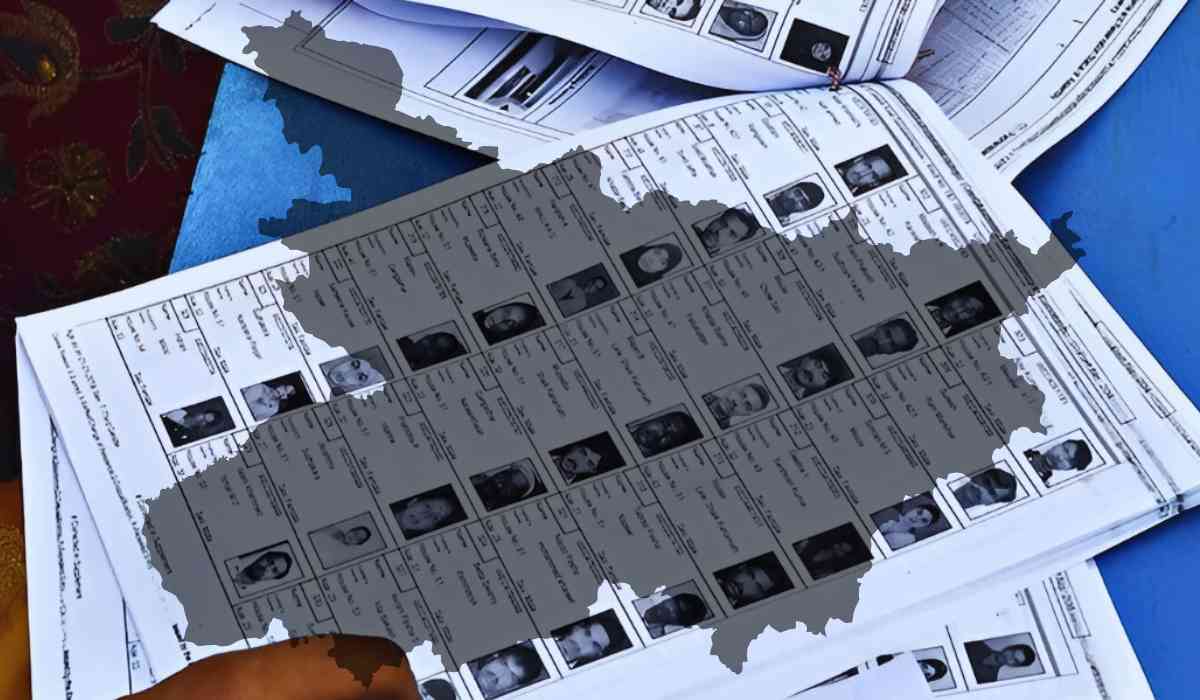

_1752909493.webp)
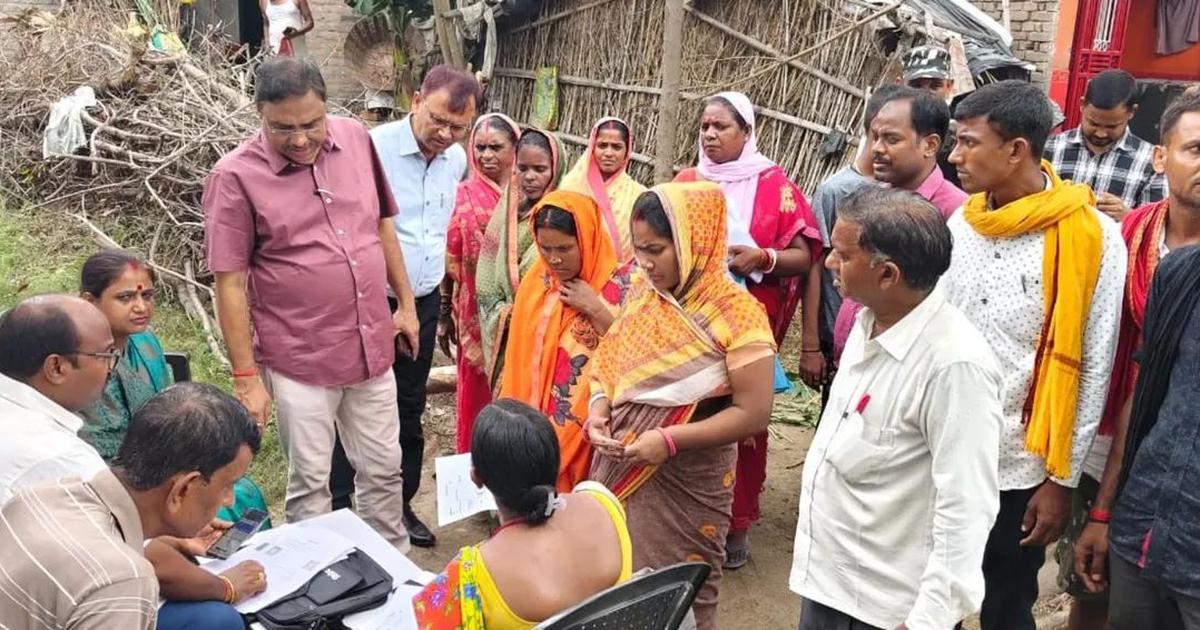
_1752909567.jpg)






